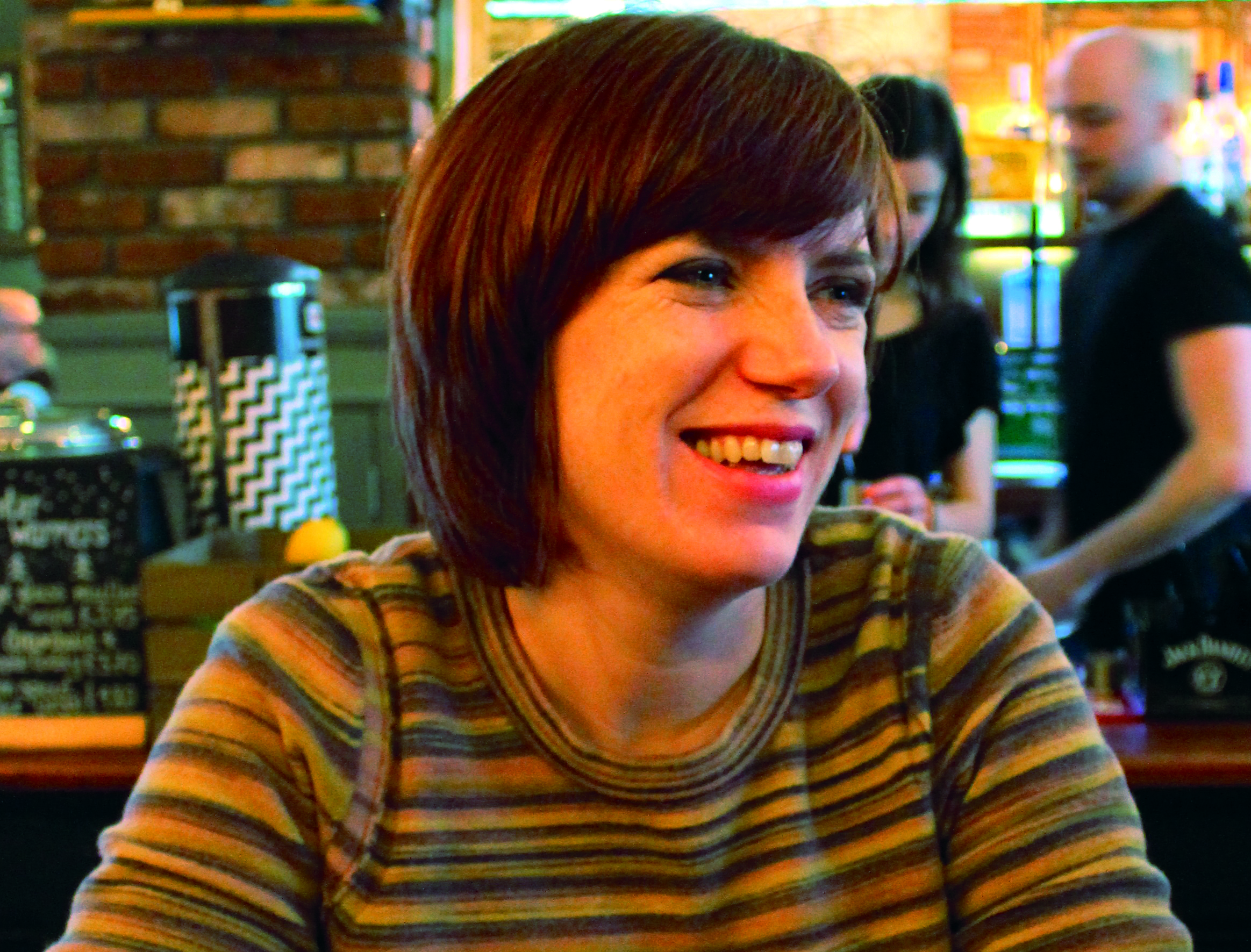Charity Internet Watch Foundation found an increase in websites with more graphic images of child sexual abuse last year
Websites containing child sexual abuse images have increased by more than a third, new figures from the Internet Watch Foundation (IWF) have revealed.
The charity, which searches for and removes online child sexual abuse imagery, published the statistics in its annual report.
This provides a yearly global measure of the number of online images and videos of children being sexually abused to government, the police and the internet industry.
The report also contains trends in how services are being abused by offenders to host this illegal material. It has found that confirmed child sexual abuse URLs where up 37% to 78,589 in 2017.
Much of the analysis for the 2017 IWF annual report makes for uncomfortable reading, with the images and videos found having increased in their severity. The most serious Category A images, depicting rape and sexual torture, rose to 33% from 28%. Category B images rose from 19% to 21%.
Significantly, the IWF also saw an increase of 86% in disguised websites, from 1,572 in 2016, to 2,909 in 2017. These are sites where the child sexual abuse content is only revealed to someone who has followed a pre-set digital pathway.
To anyone else, they will only show legal content. This finding indicates an increased intelligence among a select number of offenders, who are going to new lengths to evade detection.
Europe now accounts for 65% of all child sexual abuse imagery the IWF sees, up from 60% last year. It continues to be the worst continent for child sexual abuse material.
The top hosting countries of child sexual abuse URLs are the Netherlands, USA, Canada, France and Russia. The Netherlands now hosts 36% of child sexual abuse content, down from 37% last year, while North America has decreased by more than 4% from 22% to 18%. Overall, 87% of all child sexual abuse URLs identified globally in 2017 were hosted in just these top five countries.
Susie Hargreaves, IWF chief executive, said: “We are now receiving more reports of child sexual abuse content than ever before.
“The child victims of sexual abuse online are revictimised again and again, every time their picture is shared. The experience they go through at such a young age is unimaginably horrific, and they frequently take this pain into adulthood with them. That’s why at the IWF we fight every day to make sure these images and videos are removed from the internet, so that victims are no longer forced to live with the torment of others seeing the images of their abuse online.”
The power of IWF: Kate and Georgia's story
The IWF works with global partners and hotlines to ensure that wherever child sexual abuse images are stored, shared or distributed, the charity is able to act against them.
Our international partners work with us to help survivors of child sexual abuse move on from their experiences and to provide reassurance that images and content depicting their abuse are taken down. We work internationally to provide reassurance both to UK and overseas survivors that we are doing everything possible to get content featuring them taken down.
Our analysts work every day with incredibly challenging situations and material. One of them, Kate, spoke about a report we received just before Christmas from a frightened and worried young girl who we’ll call Georgia.
This isn’t her real name and we’ve changed a few details to protect her identity. Georgia had found the images of herself online.
Kate said: “The images were very disturbing. They showed the youngster being sexually abused by a much older man. One of the pictures was particularly graphic and I classified it as category A – which is the ‘worst of the worst’ level of abuse.
“Importantly, because I could legally search for child sexual abuse imagery online, I could track down all the disturbing material. It took me two and a half days to scour the web for more instances of her images. In total, I found 164 URLs. Sadly, the webpages also contained photographs of other children being horribly abused. Some were really, really young.
“It took two and a half days to get all the images taken down across the world. But I hope the work I did had an important impact for Georgia. I know that our team can’t take the abuse away. The victims we help are real children. They’ve been horribly abused and exploited. Their suffering is very real.
“But we can remove the online images of their abuse. And for young women like Georgia, we do make a real difference.”







